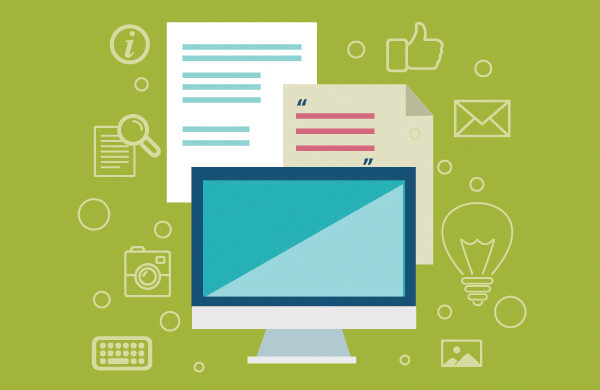When writing papers, you probably thought of borrowing ideas that belong to someone else. And you got your “aha” moment: “I have to read works of some other authors.” You are not a content thief, and you were not going to steal somebody else’s intellectual property, just borrow a few ideas… And plagiarism checker tools show a positive result! How come?
The point is that plagiarism stands not only for copying, but for usage of an author’s ideas without acknowledging the source. Plagiarism is definitely not the most pleasant thing to deal with, so, when caught cheating by sites that check for plagiarism, your reputation as a decent student is ruined. Before you’re accused, read how you can protect yourself – more info here.

This article will guide you through a few helpful tips on how to quote posts taken from social media sources and multimedia. It’s based on APA Style and MLA Style citation of electronic resources.
These items must be included in your references:
- Author/compiler
- Year/date of article/book/etc.
- Title
- Website name
- Media type
- Publisher or sponsor
- Medium of publication
- Date of access
You can also include nickname/pen name, issue number, page name, page number, time of posting, version number, name of database, etc. If sources you use do not have all these details, don’t worry – state only those that are available. The URL can be included as an option, but if you include it, then other details (publisher, medium of publication, city) might not be mentioned.
One more piece of advice: use n.p. if no publisher name is available and n.d. if there is no publishing date.
These samples will help you pass the plagiarism checker test successfully:
When you quote a discussion group or blog posting, follow this pattern:
Nickname of the author [real name]. “Posting Title.” Name of website. Version number. Name of institution/organization affiliated with the site (sponsor or publisher). Medium of publication. Date of access.
Example:
Salmar1515 [Sal Hernandez]. “Re: Best Strategy: Fenced Pastures vs. Max Number of Rooms?” BoardGameGeek. BoardGameGeek, 29 Sept. 2008. Web. 5 Apr. 2009.
When you quote a tweet, follow this pattern:
Author (Twitter username). “Tweet.” Date, time of posting with reader’s time zone. Word “Tweet.”
Example:
Brokaw, Tom (tombrokaw). “SC demonstrated why all the debates are the engines of this campaign.” 22 Jan. 2012, 3:06 a.m. Tweet.
When you quote a website, follow this pattern:
Author or compiler name. Name of site. Version number. Name of institution/organization affiliated with the site (sponsor or publisher), date of resource creation. Medium of publication. Date of access.
Example:
unicheck.com Plagiarism Detection Engine, 2014. Web. 27 Nov. 2014.
When you quote a page on a website, follow this pattern:
For an individual page on a website, list the author or alias if known, followed by the information covered above for entire website.
Author. “Page title.” Name of Site. Version number. Medium of publication. Date of access.
Example:
“How to Make Vegetarian Chili.” eHow. Demand Media, n.d. Web. 24 Feb. 2009.
When you quote a video file, follow this pattern:
Author. “Title. ” Media type. Name of website. Name of website’s publisher. Date of posting. Medium. Date retrieved.
Example:
Shimabukuro, Jake. “Ukulele Weeps by Jake Shimabukuro.” Online video clip.
YouTube. YouTube, 22 Apr. 2006. Web. 9 Sept. 2010.
When you quote an illustration, follow this pattern:
Author. Title. Date of creation. Institution. City. Website. Medium of publication. Date of access.
Example:
Goya, Francisco. The Family of Charles IV. 1800. Museo Nacional del Prado, Madrid. Museo National del Prado. Web. 22 May 2006.
When you quote an e-mail, follow this pattern:
Author. “Subject.” Addressee. Date the message was sent. Medium of publication.
Example:
Kunka, Andrew. “Re: Modernist Literature.” Message to the author. 15 Nov. 2000. E-mail.





